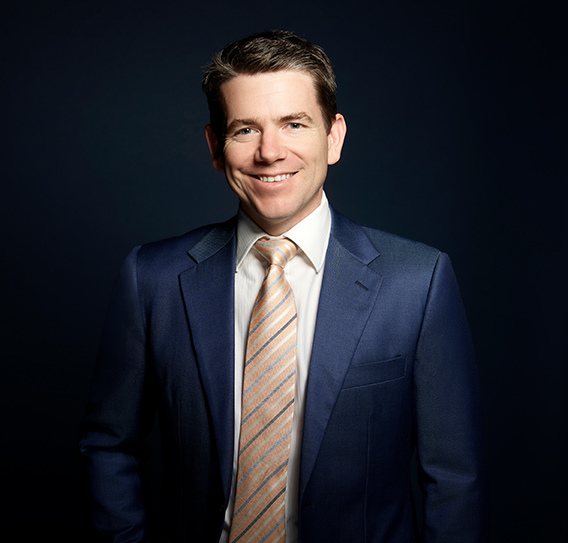Anterior cruciate ligament (ACL) reconstruction is a type of knee surgery that replaces one of the main ligaments in your knee. If you have torn or sprained your ACL, whether a full or partial tear, surgery may be the best treatment option in order to restore full functionality.
If you have been diagnosed with a torn ACL and in need of surgery, it’s natural to start thinking about the recovery and rehabilitation process. Here’s everything you need to know.
Understanding ACL Reconstruction: The Procedure and Graft Types
ACL reconstruction is generally performed as an arthroscopic surgery, more commonly referred to as keyhole surgery. Your surgeon will make a number of small incisions around the site for the arthroscope and several other instruments. The procedure begins with a visual inspection of your knee and then your surgeon will begin the grafting process.
The graft that your surgeon uses to repair your ACL is usually a piece of tendon that has been sourced from another area of the leg.
Most commonly, this will be from:
- The hamstring which is located at the back of your leg
- The patellar tendon which holds your kneecap in place
- The quad which is located at the front of your leg
During the procedure, your surgeon will create a tunnel between your shin bone and thigh bone that the graft will be threaded through. They’ll fix the graft in place with staples or screws, ensuring that the tension is optimal and finally, they will close each incision with stitches.
Phase 1: Immediate Post-Op (Weeks 0-2)
Immediately following your operation, your focus will be on:
- Protecting the graft
- Reducing your swelling
- Minimising your pain
- Introducing movement
Throughout this period, you will likely have your leg in a brace and be moving with an aid or crutches. You should keep your leg straight and elevated where possible, especially in the first days following your surgery.
Phase 2: Early Rehabilitation (Weeks 2-6)
In weeks 2 to 6, early rehabilitation begins. During this time, you will be weaning yourself off crutches and increasing your range of movement as far as you are able. By the end of the second week, you should be aiming for 90 degrees of flexion and by the end of week 4, this should increase to 120 degrees.
Your aftercare team should have provided you with some exercises to build strength and assist with this target range of movement. It’s important to remember that your journey is unique and that you should be following the advice from your healthcare provider, based on your specific needs.
Phase 3: Strengthening and Functional Training (Months 2-4)
During this period, you will be doing targeted exercises to increase leg strength and improve both your balance and coordination as you begin to return to normal movements. It’s important to remember that the graft will still be healing to the bone at this stage though so you should continue to take care when exercising. Your training programme will commonly include exercises like leg press and extensions, squats, calf raises, step ups, bridges and lunges.
Phase 4: Return to Sport Preparation (Months 5-9+)
As you reach months 5 to 9+, you will be preparing to return to sport, particularly non-contact. You will continue with strengthening exercises, building in jogging, skipping, hopping and jumping. As you gain your confidence, you will commonly incorporate changes of directions, zig zags, and running in a figure of 8.
These exercises will help to ensure that your graft has healed as well as improve your confidence in movement. It’s important to remember that your journey should be dependent on progress and not be tied to time. Your healthcare provider will be able to advise on when you are ready to return to sport.
Factors Influencing Recovery Timeline
As with any surgery, the recovery timeline is specific to the individual. The length of time it will take you to return to full health will depend on:
Graft Type
As detailed above, there are a number of graft types that could be used to reconstruct your ACL. For example, the hamstring is often associated with less post-operative pain, allowing faster rehabilitation.
Severity of Surgery
It goes without saying that the complexity of your surgery will have an impact on your recovery timeline. If additional reconstructive work was required to the meniscus or surrounding area, your rehabilitation time could be longer than a straightforward ACL reconstruction procedure.
Overall Health
Your health, fitness and lifestyle prior to surgery will also have an impact on your recovery. If you were active, strong and had good mobility, it’s likely that your recovery will be quicker.
Rehabilitation
Your commitment to your rehabilitation plan has a significant impact on your recovery. Naturally, if you follow the advice and physiotherapy plan closely, your recovery will be faster.
Potential Complications and What to Watch For
While recovery from ACL reconstructive surgery is generally plain sailing, it’s important to be aware of potential complications at every stage of your rehabilitation journey. Complications include:
- Infections at the site of the incision which is most common within phase 1 of your recovery
- Blood clots which are a risk with any surgery
- Reduced range of movement if aftercare treatment is not followed
- Graft failure if it is pushed too hard too soon during recovery
- Persistent pain and swelling that does not subside within a week or two of surgery
If you are experiencing any of the above, or are concerned about other symptoms that you have, you should speak with your healthcare provider. They will be able to alleviate your concerns, prescribe any additional medication and tailor your treatment plan in accordance with your needs.
Speak to an Expert Today
Get in touch with Dr David Slattery today if you are in need of ACL reconstructive surgery. Specialising in knee orthopaedics, you are in safe hands under his care. Complete an online enquiry form or call 03 5752 5020 to get started.


